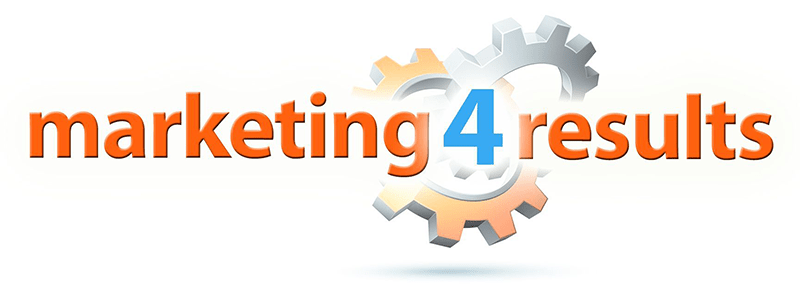These turnover and sales figures belong in your monthly reporting
The market is becoming more complex and the booking and sales channels are so diverse, as never before. Therefore, the classic sales figures of the hotel industry such as room occupancy, average room rate, total turnover and share of the guest segments are not sufficient to detect opportunities or warning signs in time. Sales are controllable, both the quality as well as the quantity. And also, the costs associated with sales acquisitions, but only if they are also calculated.
Sales per available room (revenue per available room (RevPAR))
This key figure for the occupancy and the obtained average room rates are combined into a key figure. You divide for that, the number of available room nights by the total (net) accommodation sales. This number can be calculated per day (example: day accommodation sales €3,000 divided by 60 rooms (available) = €50 RevPar) or per month (example: month accommodation sales 84,000 divided by 1,800 room nights = €46.67 RevPar). Also, to evaluate the success (and the price and sales strategy) of your room categories, there is the RevPar per category. If the RevPAR of the Junior-suites is at 65 € and the Standard rooms at 75 €, the sales strategy, the up-selling strategies and the price differences between the categories should be revised.
Revenue per available square meter (REVPASM)
The least transparent sales area is the MICE sector in most hotels. Mostly, only the event revenue will be evaluated, whereby already the segmentation of the MICE segments is rather an exception. That is why so many hotels do not notice, that for example, an increasing deteriorating rate of conversion for booking inquiries, is a reality. The basis for a demand-oriented and profit optimized pricing strategy and successful management requires in advance a decent transparency. Key figures such as revenue per available square meter of rental or exhibition space should be monthly in the focus of the sales manager.
Also important are:
- Conversion requests for bookings and requests for offers and offers for bookings
- Occupancy of the rooms
- Bookings and revenue per conference segment (conferences > 100, < 100, seminars, private parties, meetings with exhibition etc.)
- Who implements a clear profit center strategy, could evaluate also the profit per allocated or available space.
- Revenue per participant/segment
- Booking lead time and pick up per segment.
Sales costs Cost of Acquisition (COA) or Cost of Sale (COS)
These are the costs that you spend to acquire a customer. This key figure should show the whole development of your selling costs and be determined per sale or per booking channel.
Thereby, the following costs must be determined and compared to the generated revenues or booking methods:
- Costs for employees (sales, distribution, e-commerce, and reservation department)
- Costs for software, including setting up and development of a website, channel manager, booking engine and others
- Commissions and margins (the latter are almost always forgotten, because they are not recorded, but incorporated as lower room rates).
- Cost for marketing campaigns or search engine optimization, and content marketing
These must be assigned and monitored for the various sales and booking methods (including the ways like a travel agent, wholesaler, and your own website).
Key performance indicators of your own website, booking engine, and other booking tools.
Many hotels still spend considerable budgets on AdWords and other online marketing measures and they have not in sight the most important key figures of these measures. These values should always be checked when compared to the previous year:
- Number of visitors, number of sessions on your website
- The part of visitors who start the buying process (= the web booking engine enter). Conversion, thus the share of those who also complete the booking.
- Cost of the sale of your own site (all measurable revenues from requests, online booking, etc. compared to the costs).
Development of the guest segments and sales channels
The classic purpose of accommodation (source of business) and the source of booking (source of reservation) have by no means gone out of fashion (at least not as long as the use of better behavior-based data is still unavailable). However, they have not been cleverly implemented in the master data of many privately-led hotels, they have the same content as 1980 and the maintenance is not monitored. We do not need to measure anymore, how many reservations came in by telefax or email, but only simply, how many more are still analog and connected with manual work. Because we want to improve this number! The segments must be adapted to the marketing strategists. If the family is an important target segment, for which there was advertising with AdWords, a playground built and many services developed, then, of course, we must be able to see at a glance, whether private traveling families (= with children) have increased in our guest mix.
Also, in the evaluation of the reservation’s sources each and every sale and booking channel must always be evaluated. Every single OTA, walk in, your own web booking engine, perhaps your own MICE booking engine, the main MICE portals or the sales path types tour operators and analog travel agency, as well as the destination marketing organization, they all belong to the master data and in the monthly reporting.
Everything at a glance
With these key figures, you have always at a glance the most important revenue and sales figures. It is important, that the values can be always seen in comparison to the previous year.
Unfortunately, most of the hotels must gather manually this data from four or five different systems and it is not always made easy standardizing on net data (excluding VAT). But even establishing a small Excel scorecard is worth it because the most acquisition and sales procurement measures are measurable and management will recognize at first glance, where the action is required.


